It’s amazing how social norms can shift over time. Things that once raised eyebrows and were deemed rude have now become signs of politeness and respect. Our changing world constantly reshapes what we consider acceptable behavior. Here are 14 surprising examples of actions that were considered rude 20 years ago but are now seen as polite.
1. Texting Instead of Calling
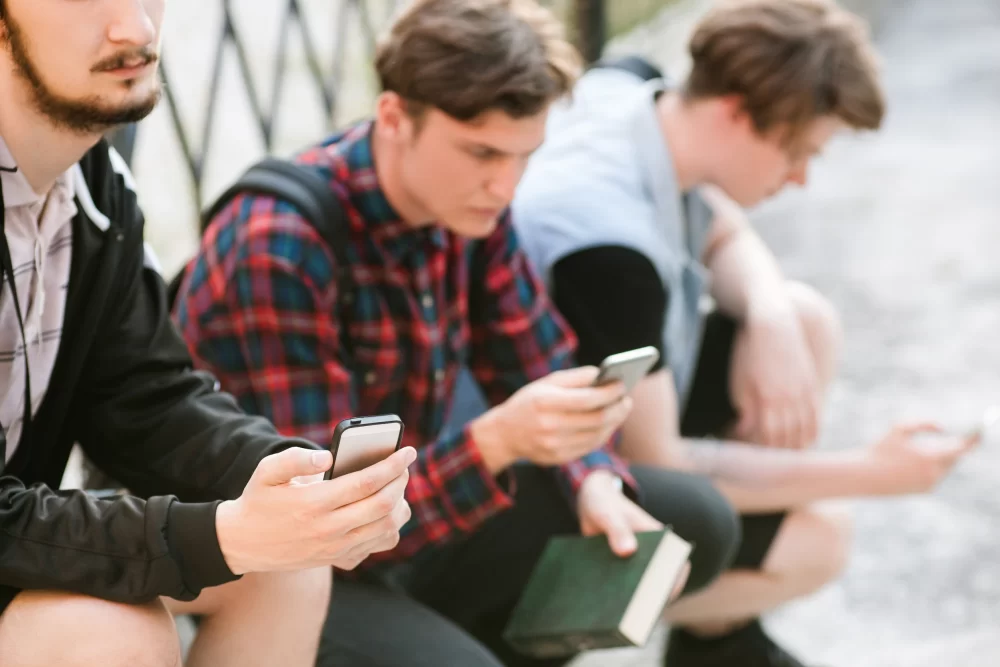
Twenty years ago, texting instead of calling was often seen as impersonal and lazy. People valued the effort and personal touch of a phone call. However, with the fast-paced nature of modern life, texting is now considered a more efficient and considerate way to communicate. It allows recipients to respond at their convenience without the immediate pressure of a phone call.
Today, texting is seen as a polite way to avoid interrupting someone who might be busy. It gives people the freedom to reply when they have the time, reducing stress and enhancing communication. This shift reflects our growing reliance on digital communication and the changing norms of social interaction.
2. Sending Emails for Formal Communication
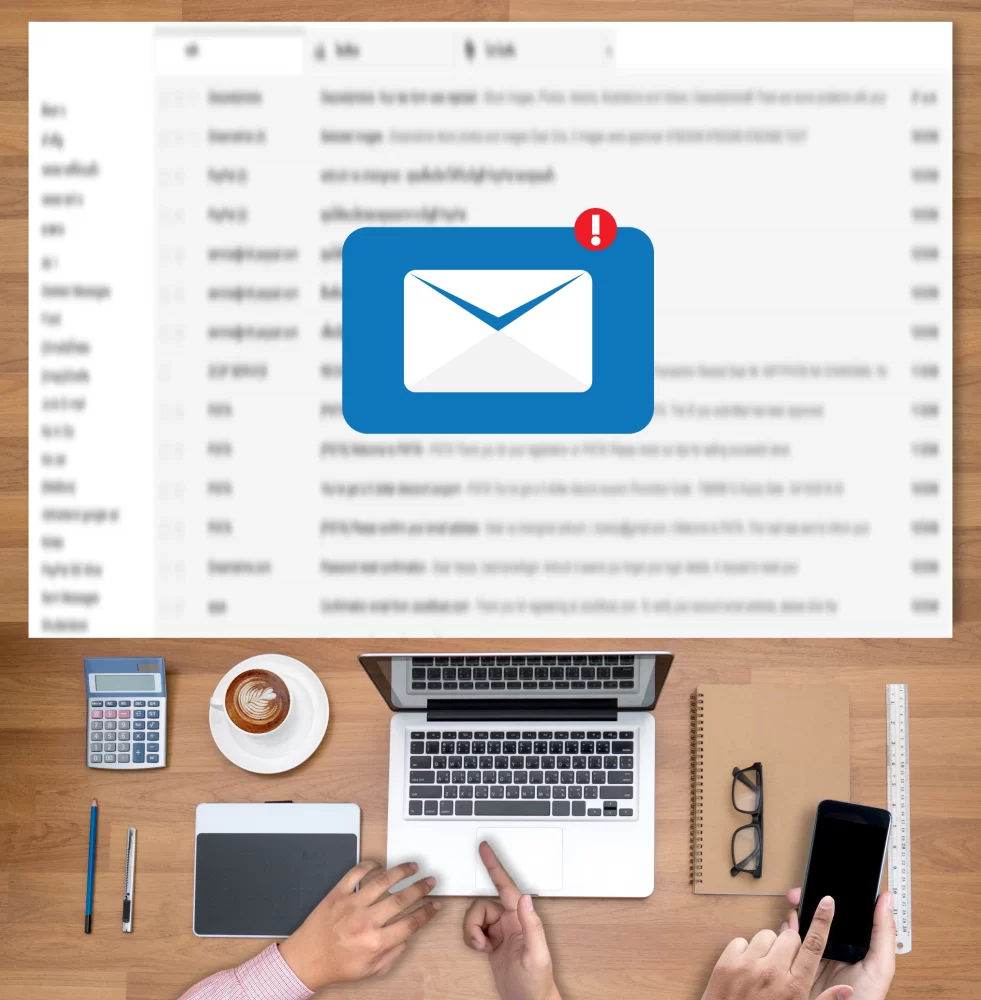
In the past, formal communication was often conducted through phone calls or face-to-face meetings. Sending an email could be perceived as avoiding direct contact. Nowadays, email is the standard for professional and formal communication, providing a written record and the ability to think through responses.
Emails are now appreciated for their efficiency and clarity. They allow for detailed communication without the need for immediate interaction, making them ideal for busy schedules. This change highlights the evolving landscape of professional etiquette.
3. Using Speakerphones in Public

Using a speakerphone in public used to be seen as disruptive and rude. It often invaded the privacy of those around you. However, with the rise of remote work and virtual meetings, speakerphones have become a practical necessity for many people.
While still context-dependent, using a speakerphone in certain public settings, such as co-working spaces or during necessary calls, is more accepted. It reflects the balance between maintaining personal space and staying connected in an increasingly digital world.
4. Declining Invitations

Declining an invitation without a detailed excuse was once considered impolite. It implied disinterest or a lack of respect for the host. Today, people recognize the importance of personal boundaries and self-care, making it acceptable to decline invitations without feeling guilty.
Modern etiquette appreciates honesty and respects individuals’ time and mental health. Declining an invitation is now seen as a way to prioritize one’s well-being, and hosts are generally more understanding of these decisions.
5. Bringing Your Own Food to Events

Bringing your own food to events, especially social gatherings, used to be seen as an insult to the host’s offerings. However, with increasing dietary restrictions and personal health choices, it is now viewed as considerate and practical.
Hosts and guests alike understand the need for personalized dietary options. Bringing your own food ensures that everyone can enjoy the event without the stress of managing dietary concerns, promoting inclusivity and respect for individual preferences.
6. Correcting Someone’s Pronunciation

Correcting someone’s pronunciation was often seen as condescending and rude. It could embarrass the person being corrected. However, in today’s diverse world, many people appreciate corrections as a way to learn and show respect for different cultures and languages.
This shift reflects a broader acceptance of continuous learning and cultural sensitivity. Correcting pronunciation is now viewed as a helpful gesture that fosters better communication and mutual respect.
7. Taking Photos of Your Food
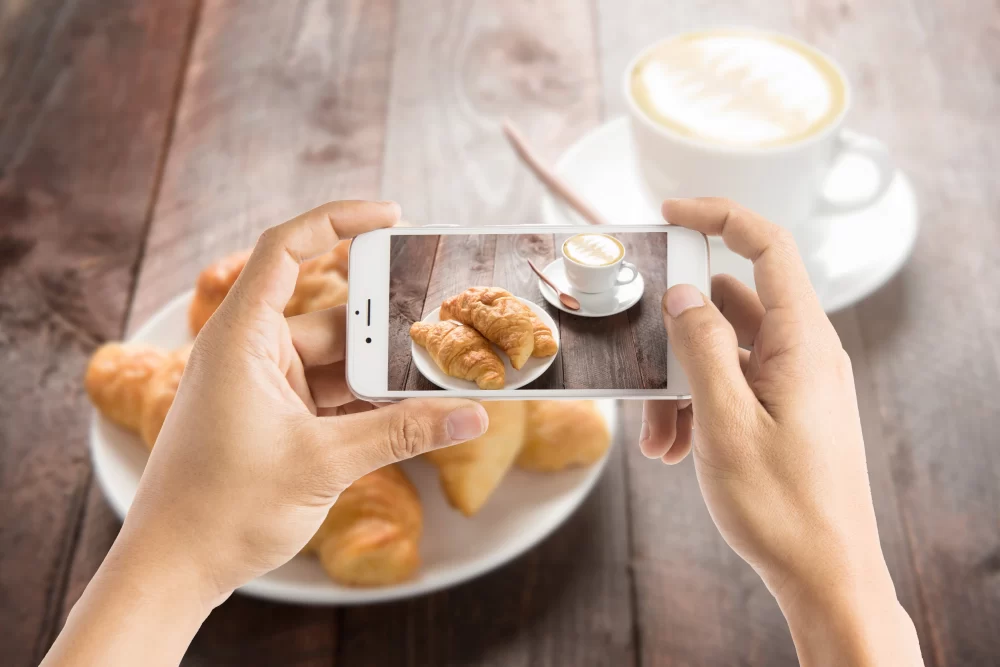
Taking photos of your food in a restaurant was once considered strange and distracting. It interrupted the dining experience and was seen as unnecessary. Now, food photography is a common and accepted practice, often encouraged by restaurants for social media promotion.
Sharing food photos on social media has become a way to document experiences and connect with others. It reflects the integration of digital life into everyday activities and the evolving norms around dining etiquette.
8. Asking About Pronouns
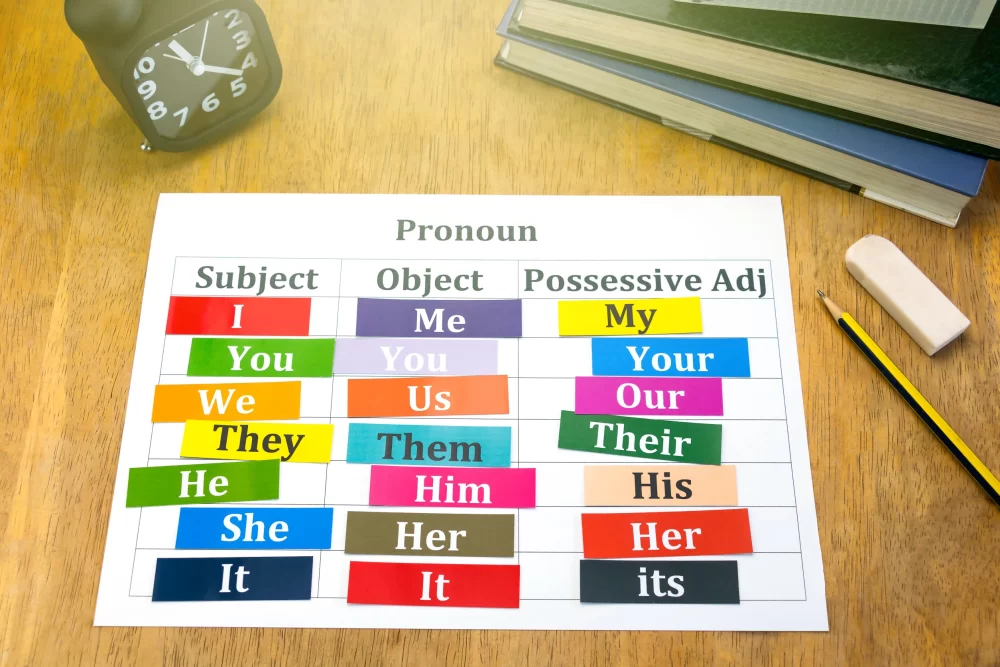
Asking someone about their preferred pronouns was not a common practice and could be seen as intrusive. Today, it is considered polite and respectful to ask and use correct pronouns, acknowledging and validating individuals’ identities.
This change highlights the growing awareness and acceptance of gender diversity. Using correct pronouns fosters an inclusive environment and demonstrates respect for personal identity.
9. Working from Cafes

Working from cafes used to be considered inappropriate and unprofessional. It was seen as a distraction both for the worker and other patrons. With the rise of remote work, cafes have become popular workspaces, providing a change of environment and fostering productivity.
Cafes now accommodate remote workers with amenities like Wi-Fi and power outlets. This trend reflects the flexibility of modern work culture and the blending of professional and personal spaces.
10. Wearing Casual Attire

Wearing casual attire in professional settings was often frowned upon. It was seen as a lack of respect for the workplace. Today, many workplaces have adopted more relaxed dress codes, recognizing that comfort can enhance productivity and morale.
The shift towards casual attire reflects changing workplace cultures that prioritize flexibility and employee well-being. It signifies a move away from rigid norms towards a more inclusive and adaptable environment.
11. Preferring Digital Payments
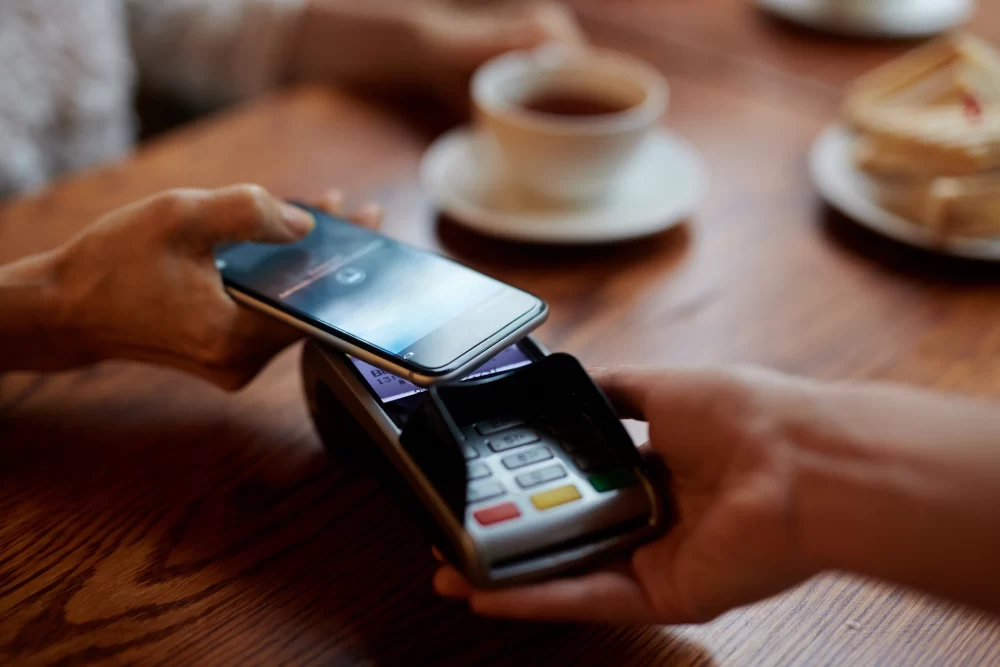
Using cash was the standard for many transactions, and preferring digital payments could be seen as inconvenient or even distrustful. Nowadays, digital payments are the norm, appreciated for their convenience and security.
Digital payments offer a quick and easy way to complete transactions, reducing the need for physical currency. This trend highlights the increasing digitization of financial interactions and the emphasis on security and efficiency.
12. Posting on Social Media Frequently
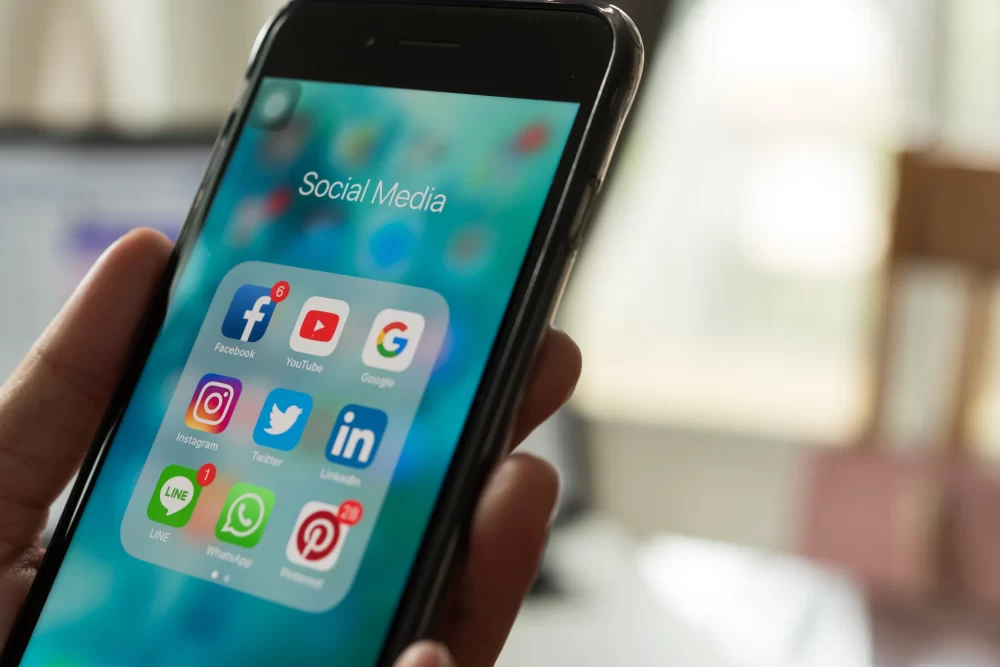
Posting frequently on social media was once considered oversharing and could annoy followers. Today, regular updates are seen as a way to stay connected and engaged with friends, family, and followers.
Social media has become a primary mode of communication and self-expression. Frequent posts are now accepted as part of maintaining an online presence and fostering community.
13. Using Emojis in Professional Communication
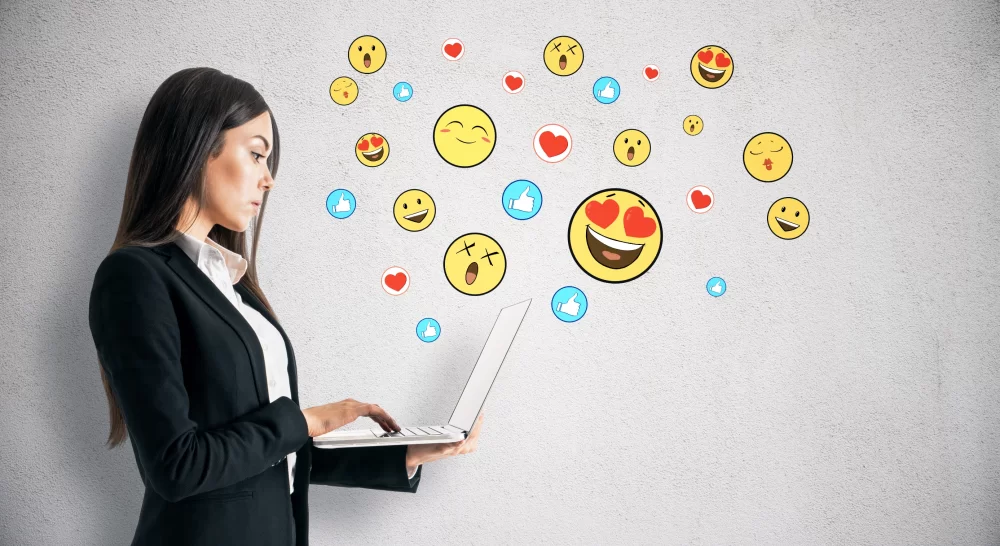
Using emojis in professional communication was once deemed unprofessional and childish. However, as digital communication has evolved, emojis are now used to convey tone and emotion, adding clarity and warmth to messages.
Emojis can help bridge the gap between formal and informal communication, making professional interactions more relatable and human. This change reflects the blending of personal and professional communication styles.
14. Giving Constructive Feedback Publicly

Giving feedback publicly was often seen as embarrassing and disrespectful. Nowadays, in many collaborative and transparent environments, public constructive feedback is valued for its openness and collective learning.
Public feedback fosters a culture of continuous improvement and accountability. It encourages team members to learn from each other and grow together, highlighting the importance of transparency in modern work environments.
Societal Norms Continue to Evolve

Societal norms are continually evolving, and what was once considered rude can now be seen as polite. Embracing these changes helps us adapt to new social expectations and fosters a more inclusive and understanding world.
What do you remember from 20 years ago that was seen as rude, but are now seen as polite? Let us know in the comments.
Read the full article here
















